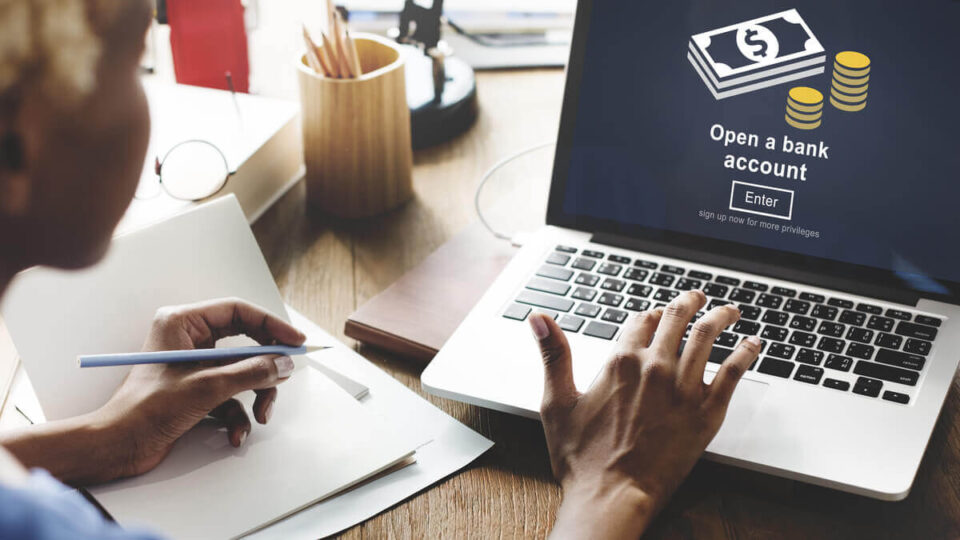Opening a checking account is a fundamental step in managing your personal finances. Whether you’re opening your first account or considering switching to a new financial institution, understanding what information you need can streamline the process. This blog will walk you through the essential details and documents required to open a checking account, ensuring you’re well-prepared for your visit to the bank or when applying online.
Preparing to Open a Checking Account
Before heading to the bank or starting the online application, it’s crucial to gather all the necessary information and documents. Being prepared will save you time and make the process smoother.
Personal Information Required
To open a checking account, banks typically require a variety of personal information to verify your identity and comply with legal regulations. Here’s what you’ll need:
1. Proof of Identification
- Primary ID: A government-issued photo ID, such as a driver’s license, passport, or state ID, is generally required.
- Secondary ID: Some banks may also ask for a secondary form of identification, such as a birth certificate or Social Security card.
2. Social Security Number or Individual Taxpayer Identification Number
- Your Social Security Number (SSN) or Individual Taxpayer Identification Number (ITIN) is required for tax purposes and to check against credit databases.
3. Date of Birth
- Your birth date is necessary for identity verification purposes.
4. Contact Information
- Address: You’ll need to provide your current residential address. If you’ve moved recently, some banks might ask for your previous address as well.
- Phone Number and Email: These are essential for communication regarding your account.
Financial Information Required
In addition to your personal details, banks may require some financial information, especially if you’re opening an account with specific features or services.
1. Employment Information
- Some banks may ask for your employer’s name and contact information to verify your source of income.
2. Initial Deposit
- Many checking accounts require an initial deposit to activate the account. Be prepared to transfer funds electronically or bring cash, a check, or a money order for the required amount.
Additional Requirements
Depending on the bank and the type of account, there may be additional requirements or information needed.
1. Co-applicant Information
- If you’re opening a joint account, you’ll need to provide the same information for the co-applicant.
2. Credit Check
- Some banks might perform a credit check, especially if you’re applying for an account with overdraft protection or other credit features.
Opening the Account: The Process
Once you’ve gathered all the necessary information, you’re ready to open your account. Here’s what the process generally looks like:
1. Choose the Right Bank and Account
- Research different banks and the types of checking accounts they offer. Consider fees, features, and convenience to find the best fit for your needs.
2. Complete the Application
- In-Person: Visit a branch with your documents to fill out an application. A bank representative will guide you through the process.
- Online: Many banks offer the option to apply online. You’ll fill out a digital form and may need to upload copies of your documents.
3. Review and Sign Agreements
- Carefully review all the terms and conditions, fee schedules, and any other agreements. Once you understand and agree to everything, sign the necessary documents.
4. Make Your Initial Deposit
- After your account is approved, you’ll need to make your initial deposit if required.
Conclusion
Opening a checking account is a relatively straightforward process, but being prepared with all the necessary information can make it even smoother. Remember to gather your personal and financial details, choose the right bank and account for your needs, and understand all the terms and conditions before signing any agreements. With your new checking account, you’ll be ready to manage your daily finances with ease and security.

